Know what SCN is lurking below your soybeans?
SCN HG types are the new standard: How do they differ from SCN races and what does it mean to you? No matter how we name, define or categorize them, soybean cyst nematodes (SCN) are a major threat to soybean production. Early on, it was discovered that some populations of SCN were still reproducing at elevated levels on soybean varieties that supposedly had excellent resistance to SCN. In 1970, a race test became the standard for assessing the ability of SCN populations (or races) to reproduce on resistant soybean varieties. Based on test results, seed companies could recommend soybean [...]
Effect of Planting Date, Seed Treatment, and Cultivar on Sudden Death Syndrome of Soybean
Article originally posted on Soybean Research & Information Initiative. Sudden death syndrome (SDS) is caused by the soil-borne fungus Fusarium virguliforme. In North America, the disease was first recognized in 1971 in the southern United States, and since then has spread in range and intensity into all major soybean-growing regions of the U.S. and Ontario, Canada. Sudden death syndrome is difficult to manage. There are no soybean varieties completely resistant to SDS, although moderately resistant varieties are available. Planting moderately resistant varieties is the foundation of a SDS management strategy. With the support of the North Central Soybean Research [...]
Six Tips for Early Planting Soybeans
Early soybean planting has been identified as a profit-enhancing management practice. See Soy Envoy Chad Kalaher’s blog this month for details on the economics of early planted soybeans. Here are six management practices to help make this practice successful for Illinois soybean growers. Maintaining consistent planting depth is key to early planting success. Soil conditions must be optimal. This seems pretty simple, but I see growers press this issue every spring. Planting into soil that is too wet or too dry can haunt you all season long. Make sure to plant into moisture, but don’t mud beans in, especially [...]
Ninth Annual No-Till Operational Benchmark Study
No-tillers hit new yield records across the board No-tilled soybean yields climbed to new highs in 2016, while most U.S. regions saw better yields than in 2015. This study is cited with permission of No-Till Farmer. See the full corn and soybean study here. Last season no-tillers had some of the best crop performances in the history of No-Till Farmer magazine’s annual No-Till Operational Benchmark Study, hitting record soybean yield averages overall and beating 2015 yields in most regions. Readers who participated in55 the ninth annual survey reported that no-tilled soybeans averaged 58 bushels per acre last year, 5 [...]
Managing SCN: New Tactic Might be Emerging
Planting wheat and grass cover crops may significantly reduce soybean cyst nematode (SCN) reproduction when planting soybeans into the stubble. Controlling SCN is challenging today. Rotations with corn, planting resistant varieties and seed treatments aren’t a total cure-all. In combination they do help keep egg count at bay. But the genetic resistance we have been depending on (PI88188) is not nearly as dependable as it once was and there is nothing new on the horizon. Planting corn for two or more years in combination with the above practices is probably the best practice we can implement at this time [...]
Planting date for corn and soybeans in Illinois
This article originally appeared on theBulletin. Relatively dry weather in recent weeks throughout much of Illinois and an early start to fieldwork might provide the unusual opportunity this year of letting us choose corn and soybean planting dates instead of having to wait until it’s dry enough. There are reports that some corn and possibly some soybeans were planted as early as February this year. The main motivation for such plantings is often the excitement that comes (or doesn’t) from having the crop survive “against all odds.” While that may be satisfying, it doesn’t offer much profit potential. If [...]
Podcast: How Do You Win in Tough Times?
Mike Boehlje, distinguished professor of agricultural economics at Purdue University Aired: November/December 2016 With market pressure expected to continue for the next few years, Mike Boehlje, distinguished professor of agricultural economics at Purdue University, encourages growers to focus on what they can control—and remember that they have tackled tough economic times before. “It’s time to pull out the old playbook, dust it off and become better about minding the details and making precise management decisions as we did under previous economic pressures.” Economists are optimistic about the long-term future, maintains Boehlje. Until then, growers need to focus on reducing [...]
Early-Planted Soybeans Prove to be Profitable
Have you ever considered planting soybeans at the same time as corn? What about before corn? Most farmers don’t consider these options because it costs more to plant an acre of corn than it does soybeans, and the risk of lower yield from delayed corn planting is always higher. Each year, Beck’s PFR Practical Farm Research® (PFR™) team conducts a planting date study of both corn and soybeans to determine the optimal window for planting. The data has consistently shown that the optimum planting date window for soybeans is from late April to early May, as shown below. Several [...]
Webinar: Evaluating Critical Management Strategies to Increase Soybean Yields
AJ Woodyard, technical crop production specialist at BASF, discusses management strategies for the 2017 soybean season based on research collected at the BASF Midwest Research Farm. Woodyard covers planting date, soybean population, maturity group, seed treatment, foliar fungicides and soybean fertility needs. Key Takeaways Soybeans are “light harvesters” Soybeans need bright, sunny conditions, especially during pod fill Unlike corn, harvesting enough light is a limiting factor for soybean yield Maximizing photosynthesis and growth rate is most critical from stages R1 to R3 Consider strategies to help maximize canopy photosynthesis Managing soybeans today requires new thinking Plant earlier Chilling injury [...]
Future and Value of Seed Treatments
I received an email about using seed treatments on soybeans from an ILSoyAdvisor reader. “I am currently into soybean farming and wanted to get your suggestions on the right kind of seed treatment, process and its uses. Kindly also recommend the use of insecticides and fungicides as well.” Today probably 80 to 85 percent of full season soybeans are treated with a seed treatment. Most contain three fungicides and one insecticide and perhaps a biological and inoculant. However, there are limits to how much product a seed can hold. Fortunately, the load for individual products have gone down per [...]

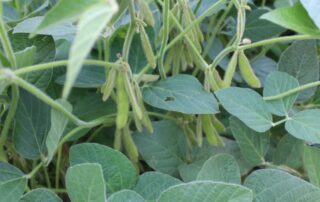
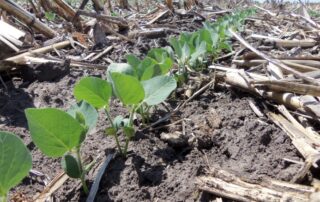
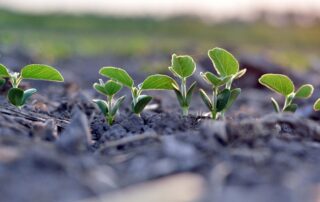
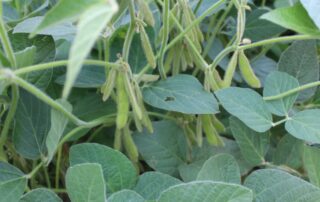
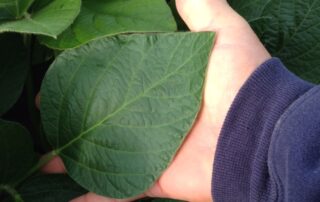
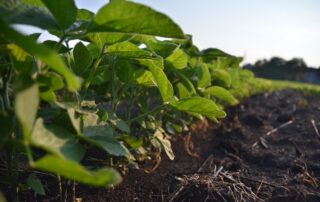
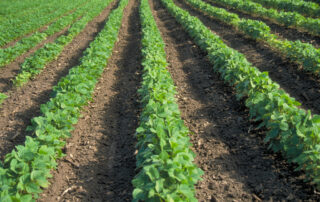
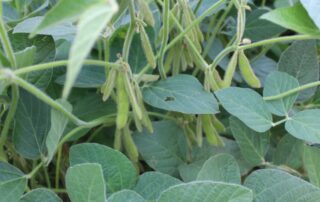
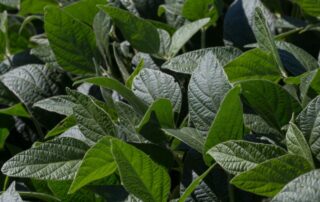
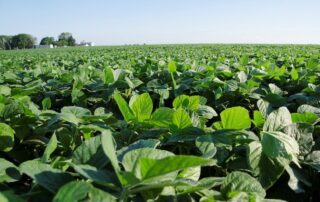



 and then
and then